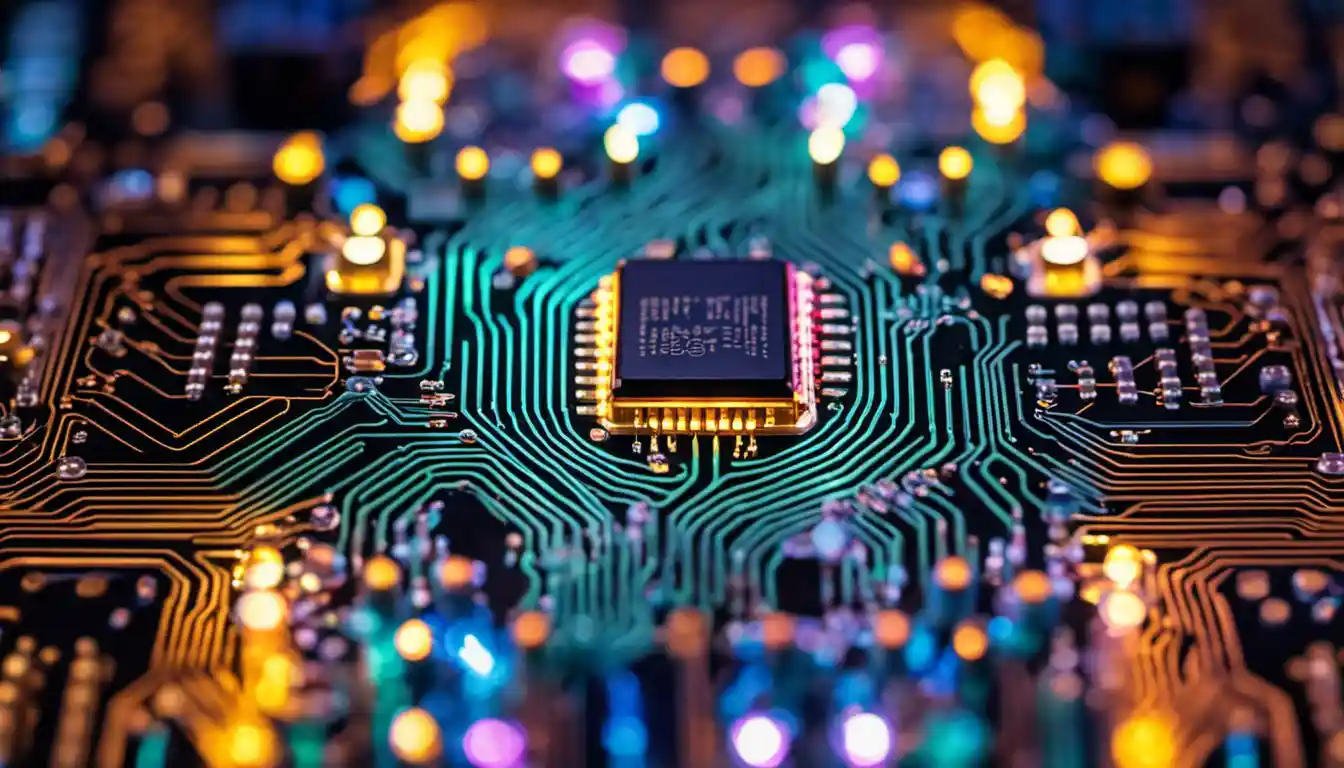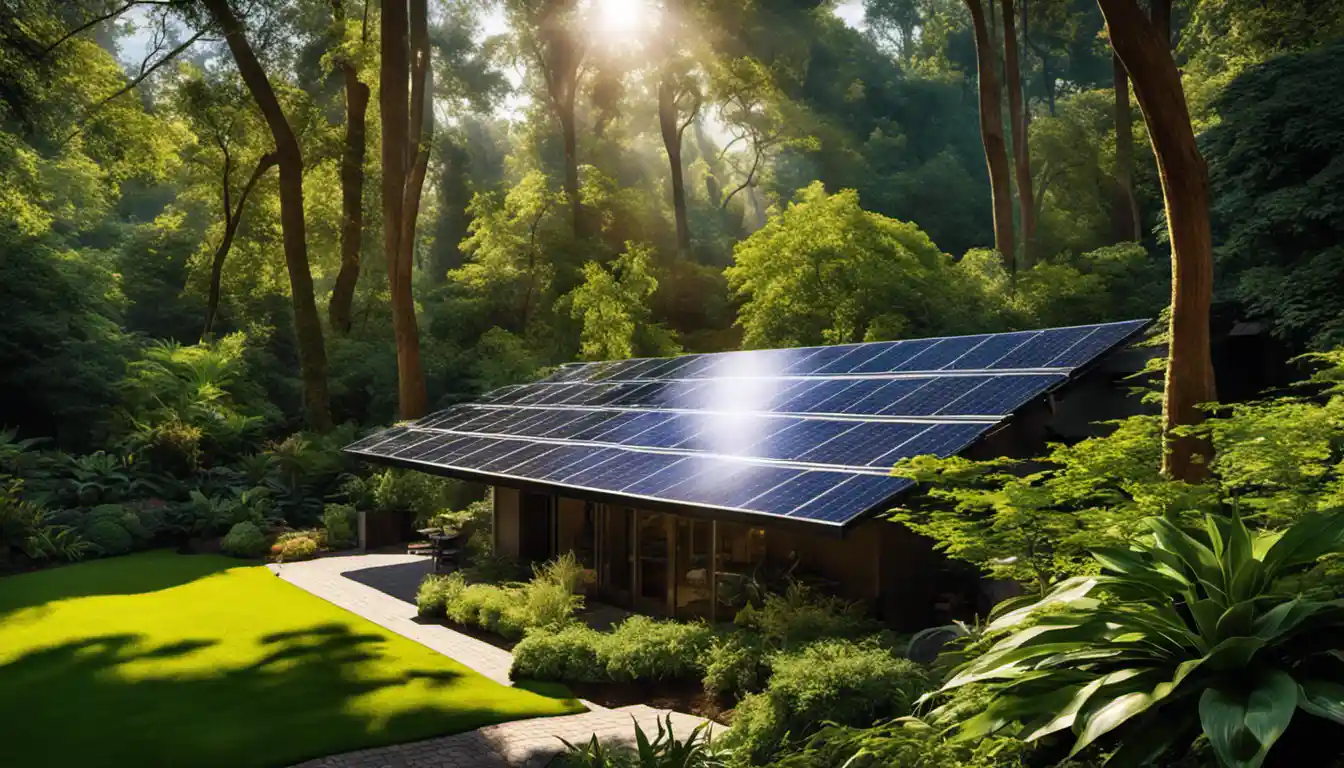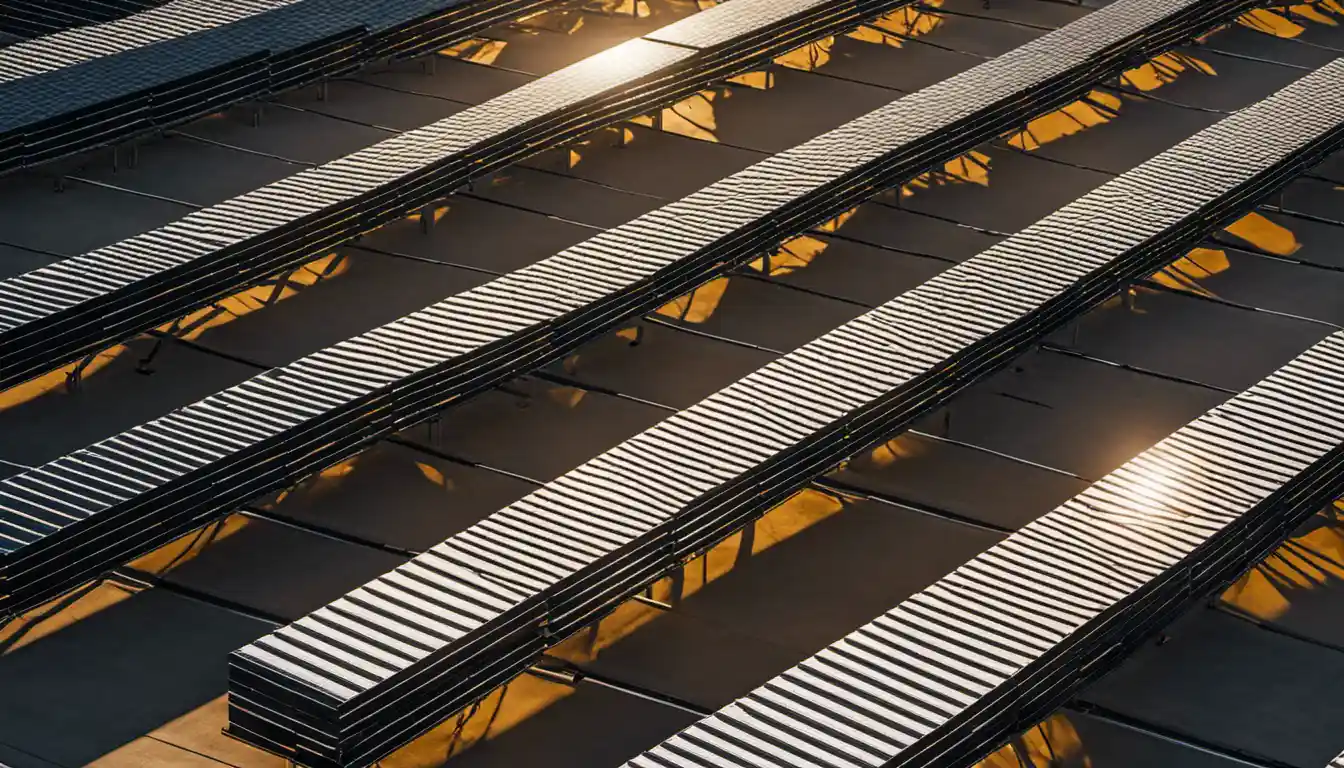Introduction to Inverters
Micro inverters and central inverters are both used in solar panel systems to convert DC power to AC power. Micro inverters are installed on each panel and function independently, while a central inverter is linked to multiple panels and converts electricity for the whole system. Overall, micro inverters can optimize power generation on a panel-by-panel basis, while central inverters are less expensive and easier to maintain.
Central or String Inverters
Understanding the Basics of String Inverters
A string inverter, also known as a central inverter, is the most common type used in residential solar panels. It’s called a ‘string’ inverter because it functions similarly to holiday lights strung together: if one bulb goes out, the entire string goes dark. With a central inverter, if one panel performs poorly or experiences shading, the whole system suffers.
Advantages of String Inverters
From a practical perspective, the main advantages of using a central inverter include lower upfront costs due to fewer components and easier troubleshooting. They’re also generally easier to replace, since one unit controls the whole system. Moreover, the wiring for string inverters is less complicated, requiring fewer components than a micro inverter setup.
Disadvantages of String Inverters
The key disadvantage of a central inverter is its inefficiency in dealing with shade or dust on a single solar panel which can reduce the performance of your entire system. It also poses some difficulty when you want to expand your system due to its fixed capacity. The average lifespan of a central inverter is around 10-15 years, so they often need to be replaced before the solar panels themselves.
Microinverters

Understanding Microinverters
Microinverters come into the picture as an alternative to central inverters. Instead of having one inverter for the entire solar system, each solar panel gets its own micro inverter. Each micro inverter optimizes for its own panel, balancing out the entire system.
Benefits of Microinverters
When we talk about the difference between micro inverters and string inverters, microinverters have a significant advantage where roof shading is concerned; if one panel’s output drops due to shade, it doesn’t affect the other panels. They generally have a longer warranty period of about 20-25 years and offer consistent monitoring of each solar panel’s performance. Upgrading the system with more solar panels also becomes easier as each panel comes with its own inverter.
Flaws of Microinverters
Despite these advantages, microinverters aren’t free from flaws. Their biggest drawback is their failure rate; each additional inverter represents another possible point of failure for the system. Additionally, their installation cost is higher than that of central inverters.
Direct Comparison Between Microinverters and String Inverters
Efficiency in Partial Shade

A micro inverter system has the potential for maximizing the power output even in a variable-shade environment, a task a central inverter may fail to do.
System Expansion Ease
With a central inverter, adding new panels can be a hassle due to the need for matching inverter sizes. In contrast, micro inverters allow for ease of expansion since each new panel comes with its own inverter.
Lifespan
Microinverters typically outlast central inverters, hence offering a longer warranty period.
Panel-Level Monitoring
Microinverters offer detailed insights into each panel’s performance, a feature central inverters lack.
Cost and Maintenance Considerations
While central inverters might have lower upfront costs, if you factor in the need for replacement within the solar panel system’s lifetime, microinverters often win in the long term.
System Suitability Assessment for Microinverters and String Inverters

The choice between a micro inverter vs central inverter depends on the particular shade situation of your home, budget, and your inclination for system monitoring and maintenance.
Making the Right Choice
The comparison between micro inverters and string inverters isn’t about categorically stating which is better; it’s about identifying what’s right for your needs.
When are Microinverters Best for Residential Solar?
Are you facing a shading issue or planning to expand your solar system in the future? Do you prefer real-time data on each panel’s performance or expect a longer lifespan for your inverter? If your answer is yes, then microinverters would suit you best.
Considerations in Choosing Between Microinverters and String Inverters
Primarily consider your budget, shading situation, system monitoring preference, future expansion plans, and the expected lifespan of your inverters.
Conclusion
Choosing between a micro inverter vs central inverter might be challenging. Ultimately, you need to consider factors such as cost, efficiency, system suitability, expanded learning about types of solar inverters, and maintenance needs.
My name is Elliot, a solar energy expert with 20 years of experience, and I’m here to provide you with the necessary details to make an informed choice. Remember, the ultimate goal is an efficient, cost-effective solar system tailored to your specific needs. Make the smartest choice for you!



